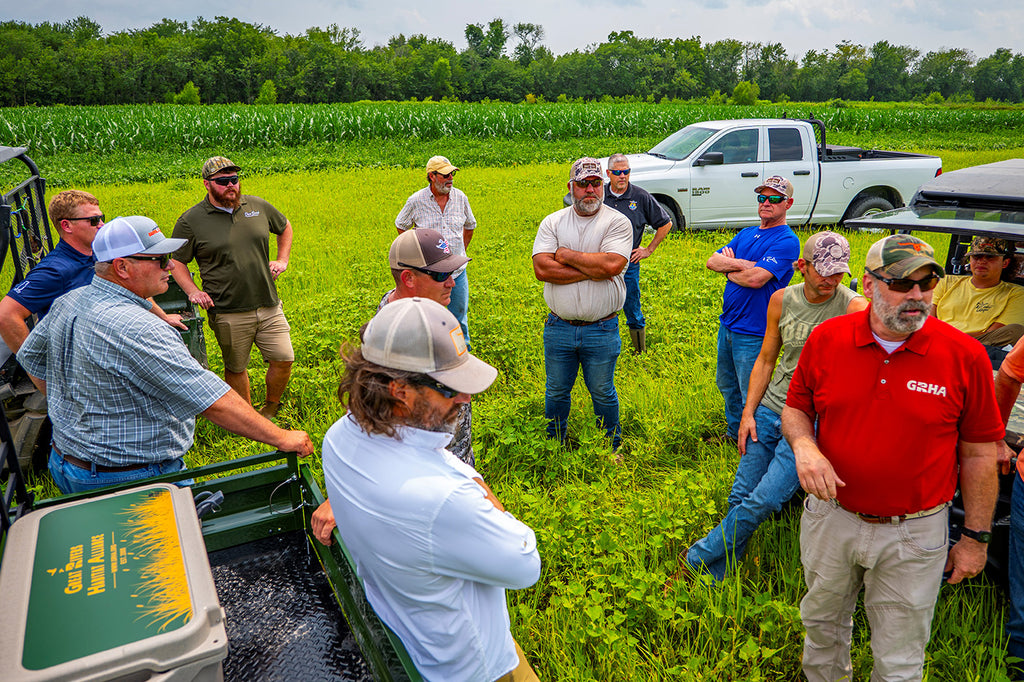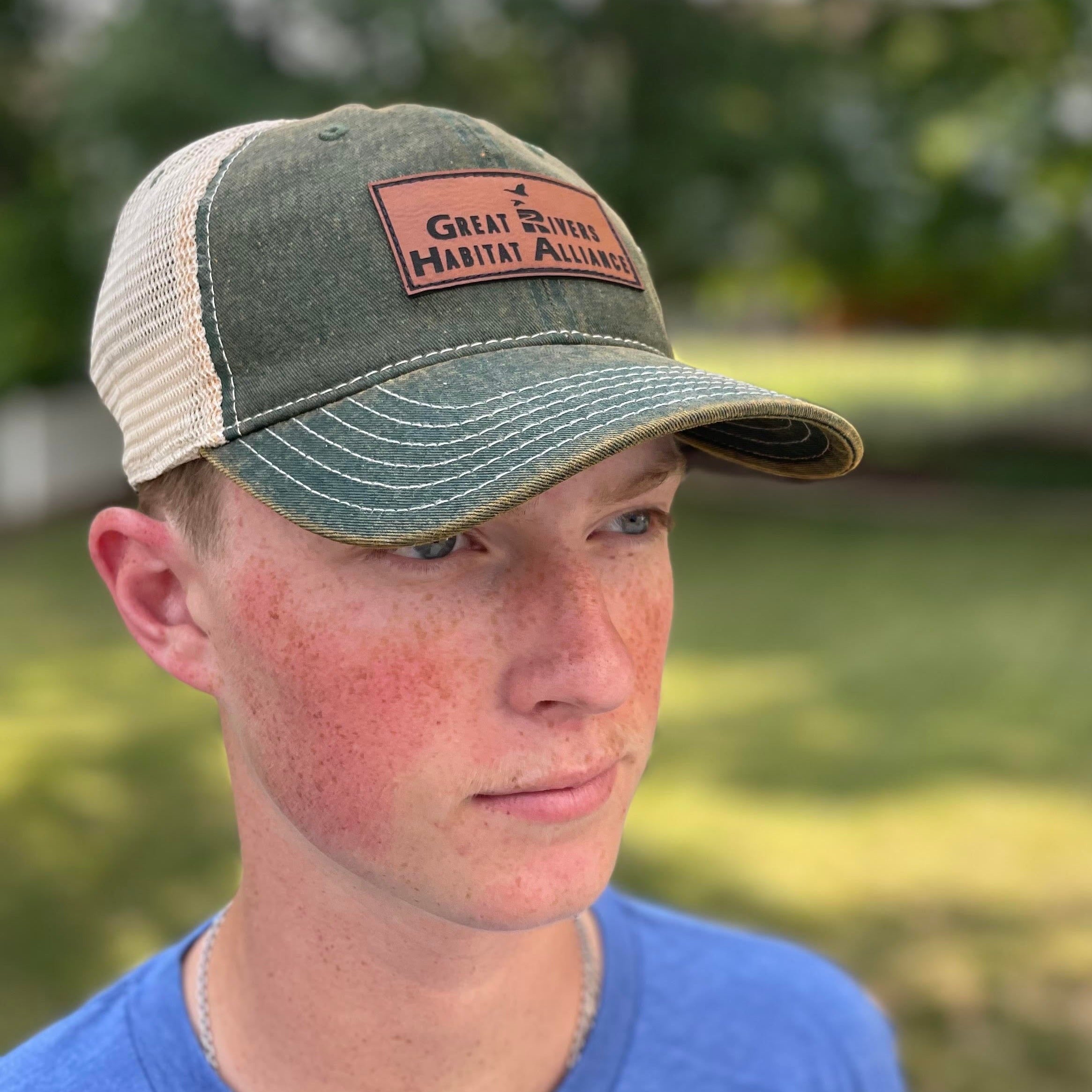
POLICY SB 984 moving in the House - includes TIF floodplain language and Flood Resiliency


As with many bills and this one is no different, we love, and hate this bill. What’s to love is the section about limiting TIF from the floodplain not just in its current definition, but also limiting TIF in areas that would be removed from the floodplain by these technical measures. That is great. However, as we read it, that doesn’t prevent TIF in all floodplains that are removed from FEMA, but only floodplains that are removed by FEMA due to participation in this new program. A local levee district could still use its own money to take land out of the floodplain, and then TIF that land, provided they don’t use money from this program. However, if they are dangling a big pot of state funds for structural mitigation (i.e. levees), we are concerned that everyone would participate in the program.
The part to hate is simply that the bill is creating a giant new pot of money for structural floodplain measures, which means higher levees. Even more reason for GRHA and our supporters along the Mississippi to stay close to elected officials in St. Charles, Lincoln, and Pike Counties to help sway them against new, massive levees. In discussions, St. Charles staff assured us that Section 99.847 changes would not alter the floodplain development status for St. Charles County. So, we feel we are safe in St. Charles, at least for now, but Lincoln and Pike could be more difficult.
At least Missouri DNR is involved in distributing the money, so we are hopeful they can oppose the worst of the potential projects.
On May 13, 2022, SB 984 was placed on the Informal Third Reading Calendar. The bill is currently not on a House calendar and no hearing scheduled. GRHA will continue to monitor and provide updates.
Flood Resiliency

The act creates the "Flood Resiliency Act," which shall be a flood resiliency program administered by the Department of Natural Resources to increase flood resiliency along the Missouri and Mississippi Rivers and their tributaries and to improve statewide flood forecasting and monitoring ability. The state may participate in flood resiliency projects as set forth in the act. A plan, which is defined as a preliminary report describing the need for, and implementation of, flood resiliency measures, shall include information listed in the act. The Director of the Department of Natural Resources shall only approve plans if it is determined that long-term flood mitigation is needed in that area of the state, and that such a plan proposes flood resiliency measures that will provide long-term
flood resiliency.
Flood resiliency projects may be funded by moneys in the Flood Resiliency Fund created in the act, and such projects shall be eligible to receive other contributions and grants as stated in the act.
This provision is substantially similar to a provision in HCS/HB 2600 (2022), a provision in HB 2617 (2022), and a provision in HB 2755 (2022).
Additionally, no new tax increment financing project shall be authorized in any area that is within an area designated as floodplain by the Federal Emergency Management Agency (FEMA) unless such area has met or exceeded all the requirements of the National Flood Insurance Program, including any requirements of any local ordinance related to such program, or was designated as floodplain by FEMA but due to flood resiliency measures and flood resiliency projects such area is no longer designated as floodplain.

















